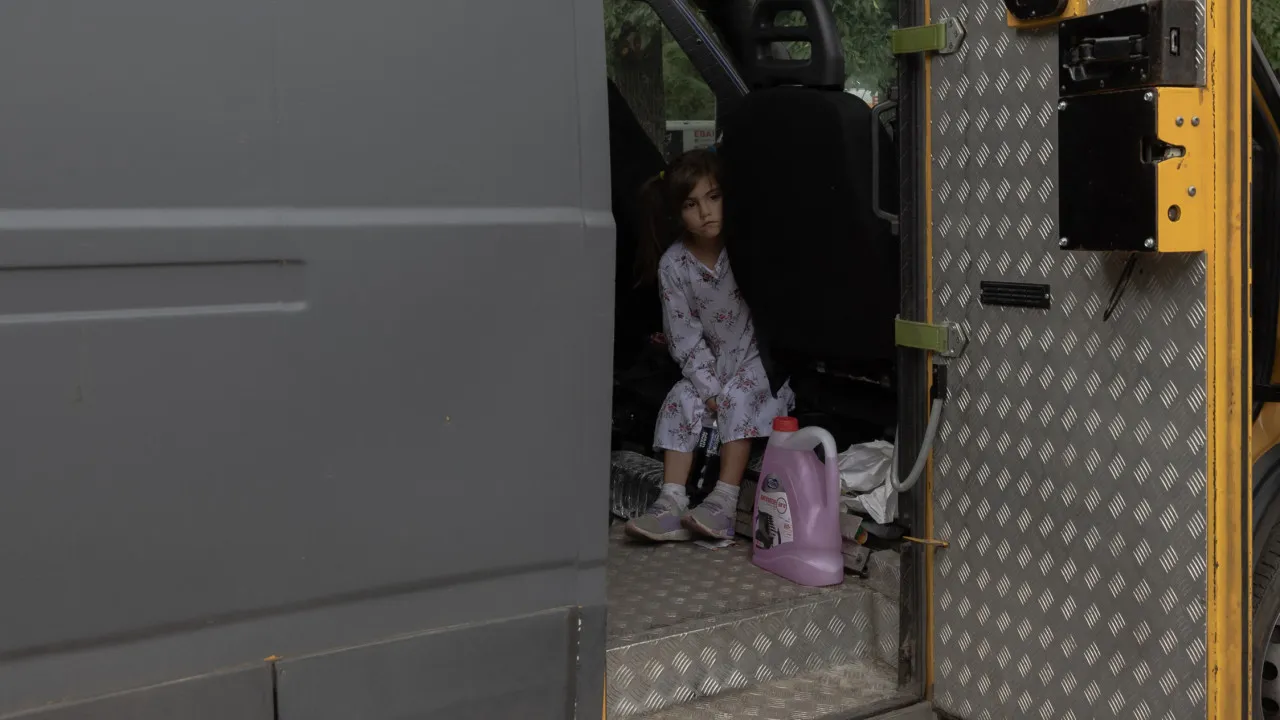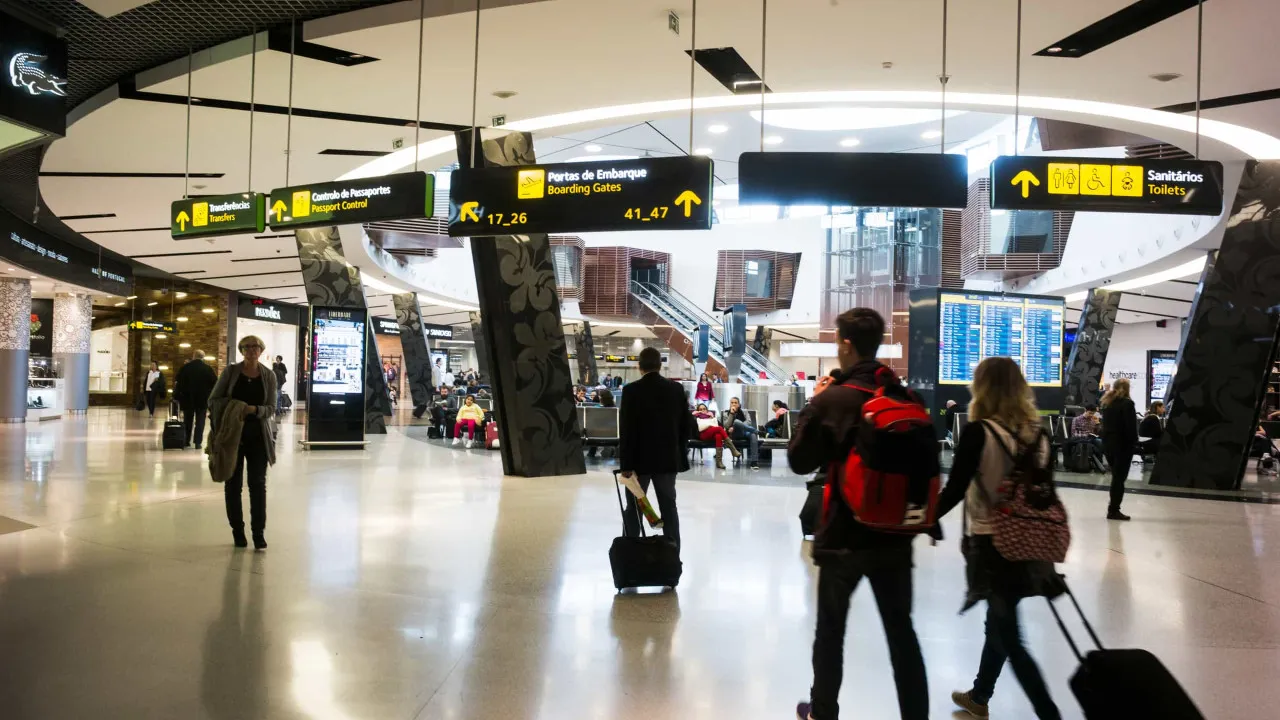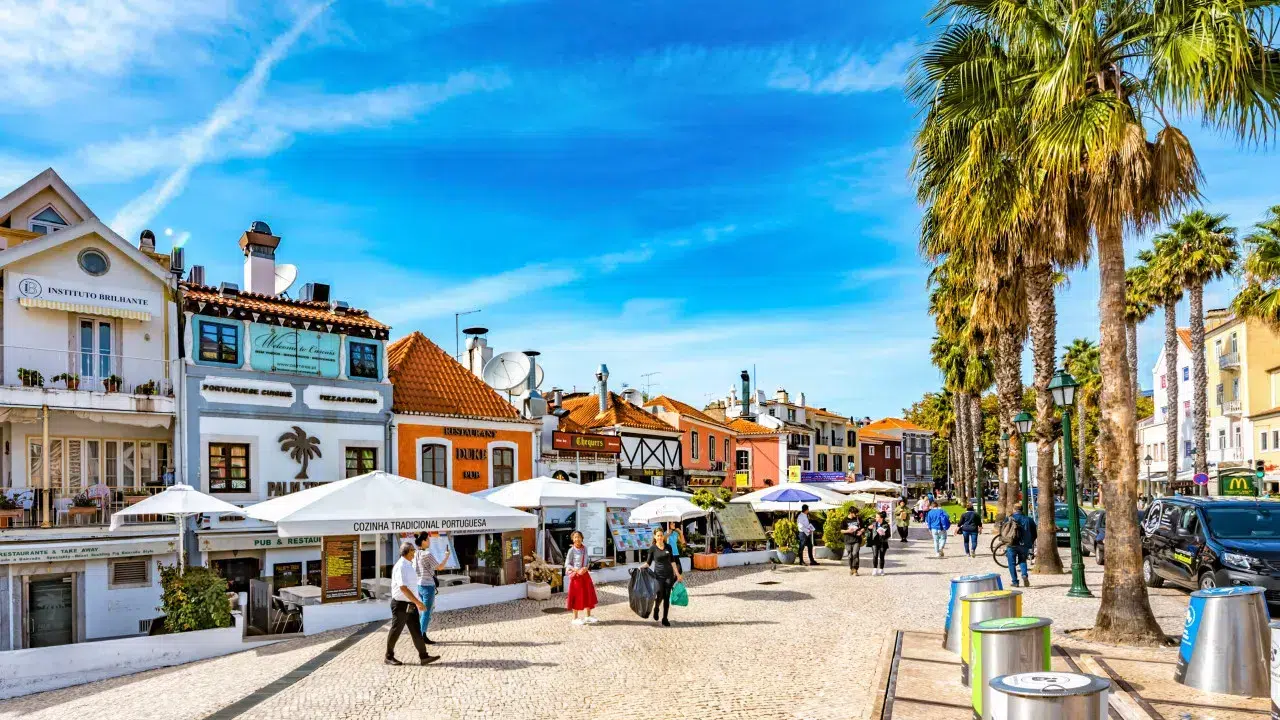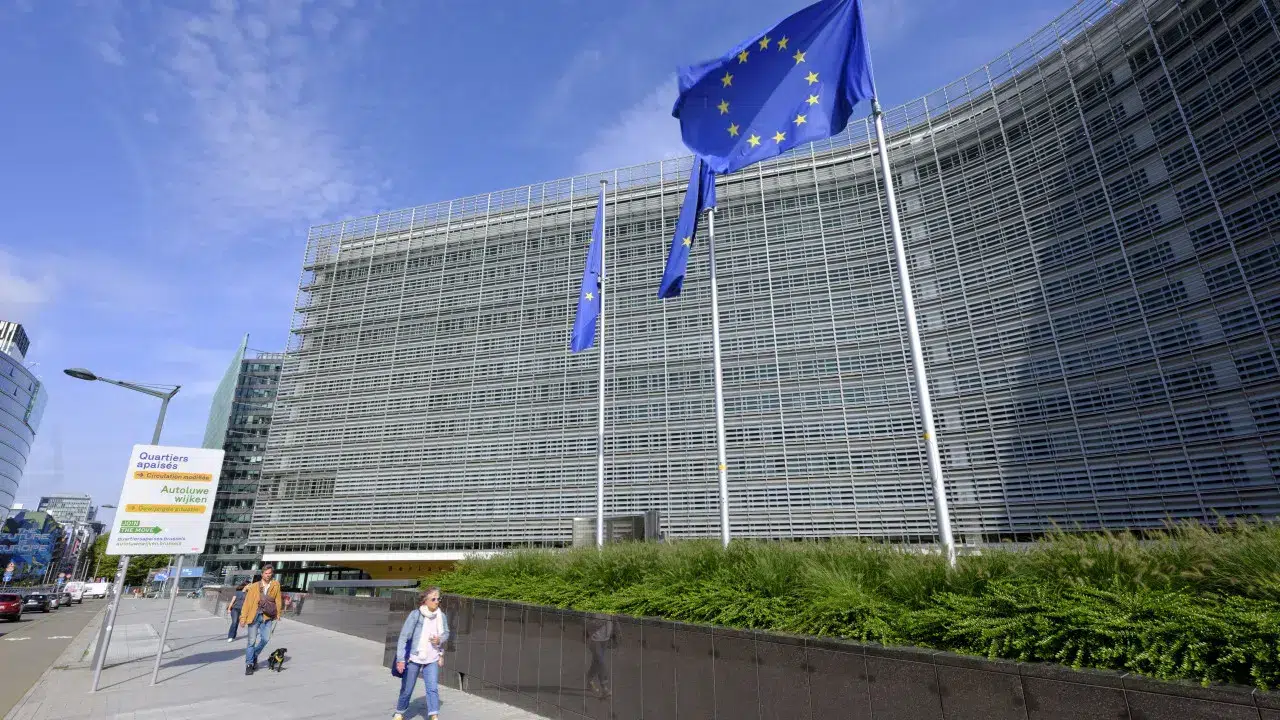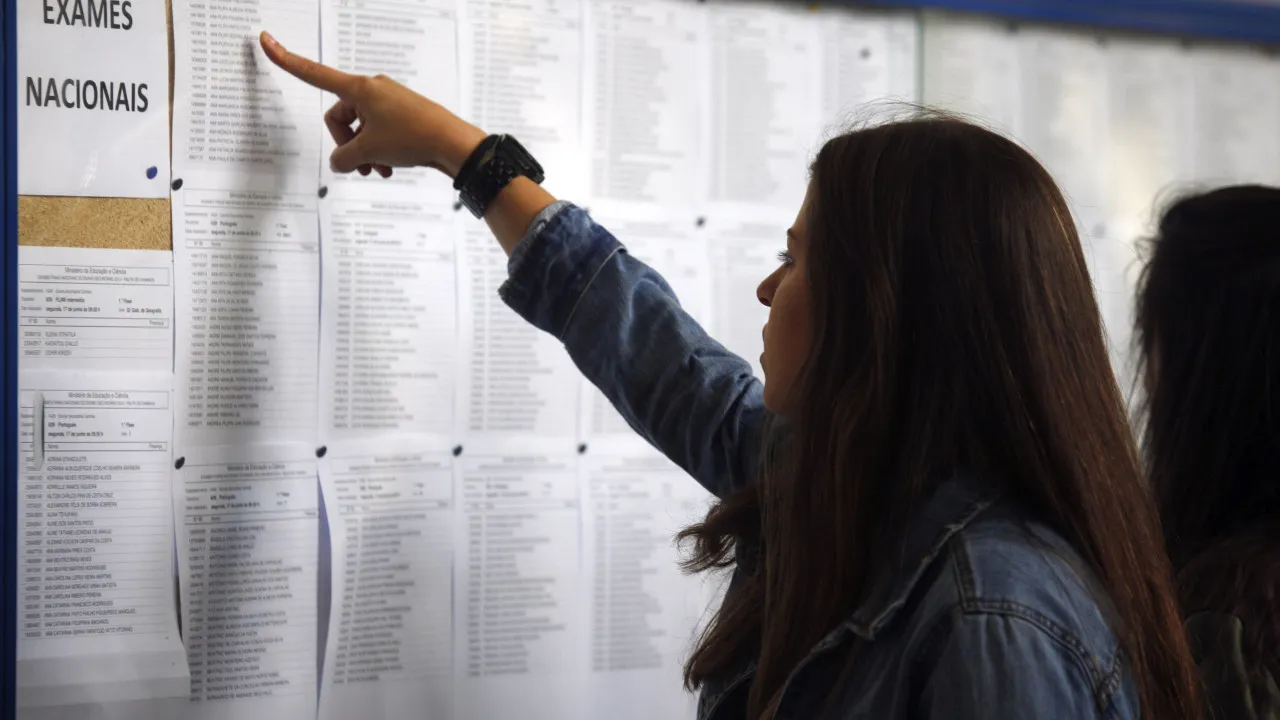
The application deadline for the first phase of the higher education entrance competition closed on Monday, with data from the Directorate-General for Higher Education (DGES) revealing 49,595 candidates this year, showing a decrease of 9,046 compared to last year.
This declining trend in applicants has been noted over several years, though previously in a less significant manner. In 2020, approximately 62,000 students sought admission in the first phase, and in the following two years, the numbers hovered around 60,000.
This year’s DGES data indicates a drop to levels similar to those observed in 2018, when only 49,362 students applied in the first phase.
The year 2020, marked by the COVID-19 pandemic, saw a surge in applications due to temporary changes in higher education entry requirements.
Gradually, in recent years, some of the entry rules have been reinstated, including the requirement to take several national exams.
Student associations have been warning that a lack of affordable accommodation and financial hardships faced by families in supporting children studying away from home could discourage young people from pursuing higher education.
This year, there are over 55,000 slots available under the general regime for public higher education, along with an additional 717 places for local competitions, such as art courses requiring specific entry prerequisites.
An additional 21,000 places are open under special regimes and competitions, catering to those over 23 or students changing courses. In the private sector, nearly 25,000 spots are available.

